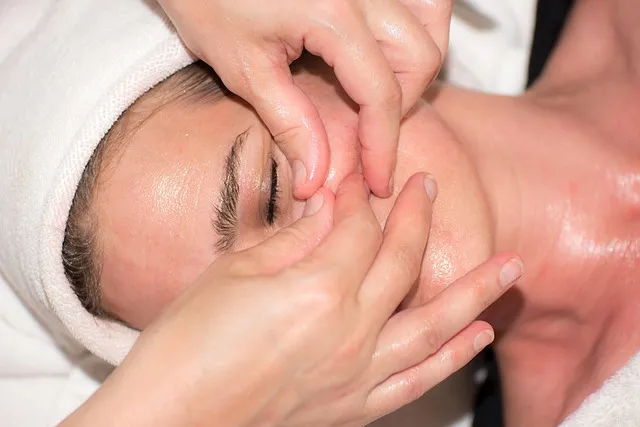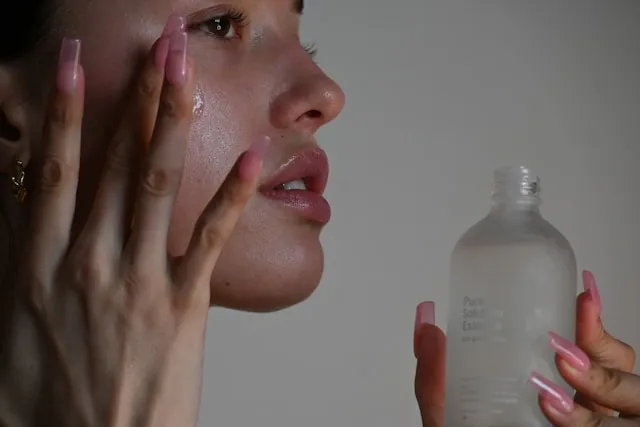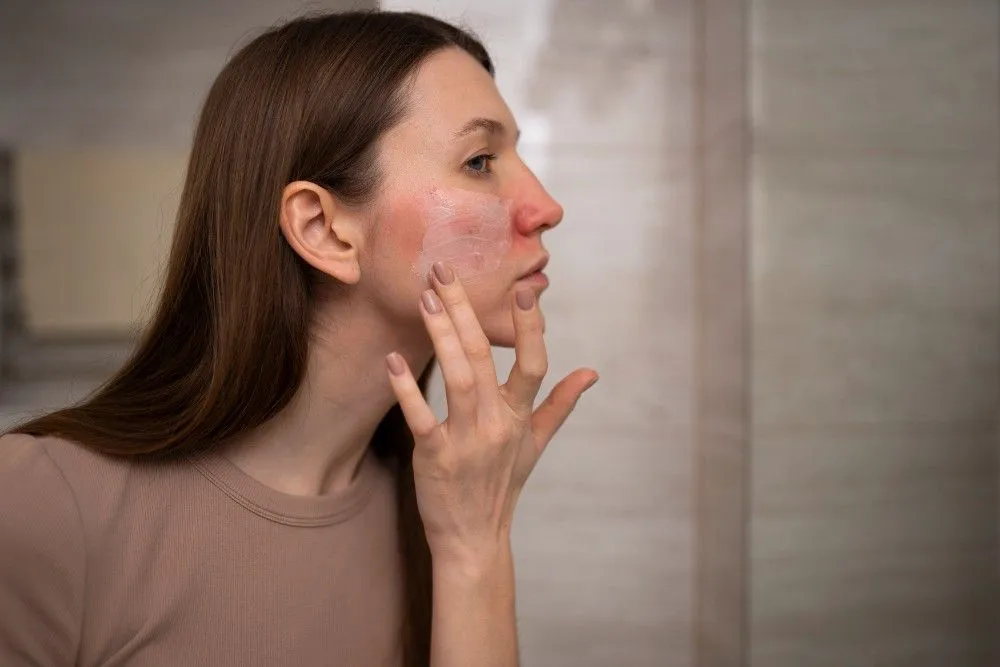Which method of hair transplantation is the most effective? - This is a common query of patients who come in for hair transplant appointments in clinics. People in training at the hair transplant Institute and those in training by experienced hair transplantologists in academic conferences also ask this question the most. Even though all hair transplant techniques work, they vary in relative efficacy, safety profile, and suitability for certain patients. Therefore, the definite answer to this question is the FUT hair transplant method.
Why is the FUT hair transplant method better?
FUT-the method of follicular joint transplantation (flap) is currently the leading and most common method in which donor material is extracted in the form of an ellipsoid flap from the back of the head. Its advantages:- Quickness: Hair transplant FUT (flap) method experienced and numerous surgical teams in a short time (usually 3-4 hours). It can transplant more grafts than possible with FUE and BHT.
- If necessary, the FUT can be used to transplant more grafts than the FUE method.
- If the donor stock is equal, the FUT method allows for more optimal operation of the donor zone than the FUE method. The FUT method can produce a significantly larger graft due to one or more operations than the FUE method. For example, with high degrees of hair loss (Norwood grades VI-VII), the FUT method can extract 7,000-12,000 grafts from the permanent donor stock zone, while the FUE method can only extract 4,000-6,000 grafts.
- The damage (trans section) of follicles with the FUT method is minimal. Today, when extracting donor material and processing it with modern techniques (open donor method, stereomicroscopic technology) by an experienced surgeon and his assistants, less than 3% (i.e., out of every 100 hair roots obtained for transplantation, only three are cut). When using the FUE method, these indicators are usually several times higher.
- The survival rate of grafts using the FUT method is well studied and, according to some authors, is higher (approaching 100%), which we cannot say about the FUE method. The FUE procedure exposes grafts to a greater risk of injury during their extraction and implantation than is typical for the FUT method. In FUE grafts, the follicles are stripped of their surrounding connective tissue and are more exposed. However, many authors believe that the survival rate of FUE grafts is not inferior to that of FUT grafts. In 2004, A. Tsilosani conducted the study "FOX Graft Survival," which was the world's first study of FUE graft survival and showed that FUT and FOX (FUE) grafts have the same survival rate.
- Finally, since FUT transplants involve more surgical assistants, the transplantation cost is lower than that of FUE transplants.
What are the Drawbacks of FUT?
The FUT hair loss treatment clinic method's primary drawback is that it causes an occipital scar that is linear in form. Although modern methods of trichophytic closure of a donor wound allow in the vast majority of cases to make this scar invisible, with tiny hair and, especially on a shaved head, the scar is still noticeable.Results and Side Effects of FUT
FUT hair transplantation leads to the formation of a scar in the incision area, about 15-20 centimeters long, which is one of its main side effects. The recovery time also increases as the incision is made on the scalp. Depending on the tissue's stretchability, the wound healing speed, and the quality of the surgical procedure, this scar may become more expansive, and hair loss may occur around it.Final Verdict
If you have a history of scarring disorders like keloid and hypertrophic scarring, or if you plan to regularly shave your head or wear very short hairstyles after your hair transplant, FUT may not be the best option for you. However, patients who prefer lengthy hairstyles, mainly those with significant hair loss, are typically recommended to undergo the FUT procedure (V-VII, according to Norwood). However, the procedure can also be considered a relatively uncomfortable postoperative period (slight pain, a feeling of tension and numbness in the back of the head, restriction of physical activity for 2-3 postoperative weeks).
Tagged in
Hair Loss

Reviewed by







